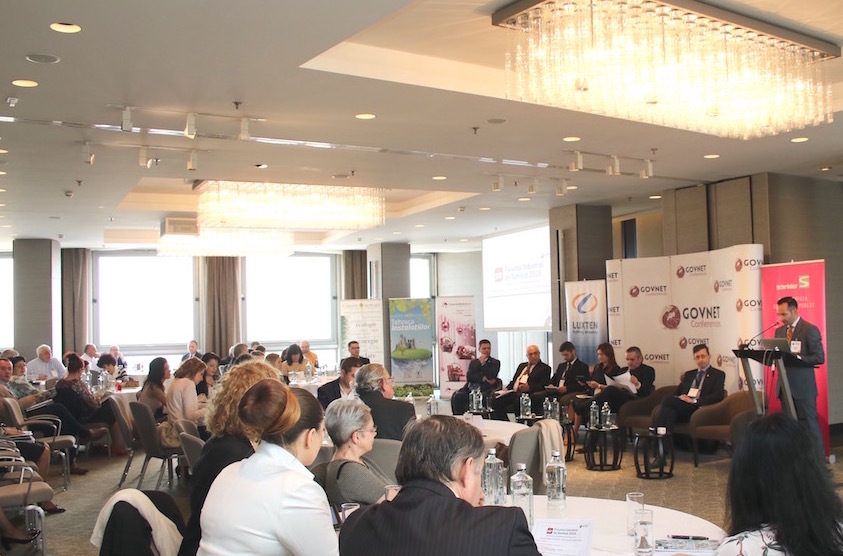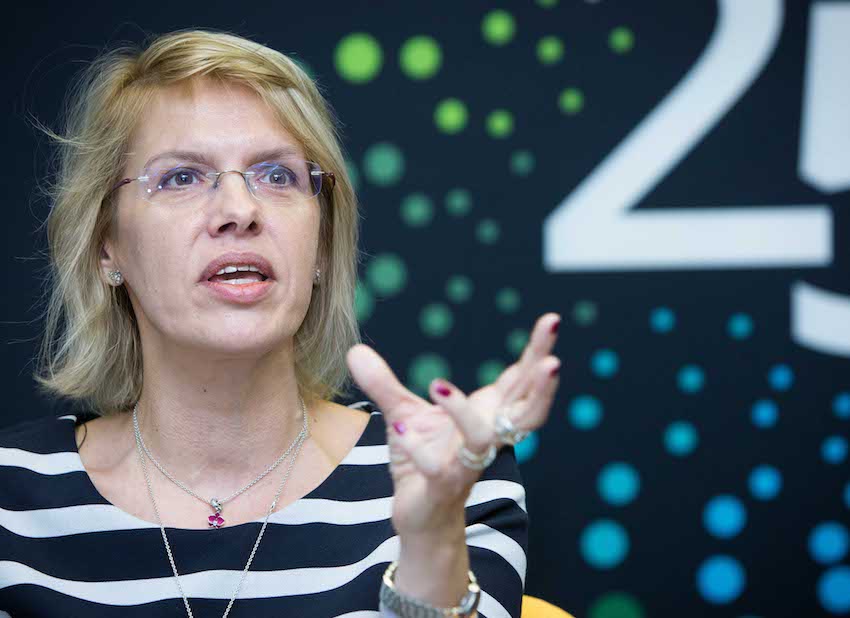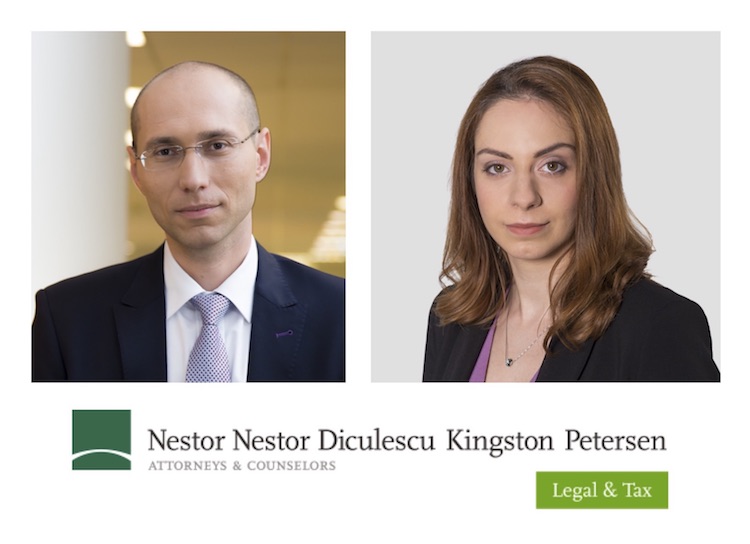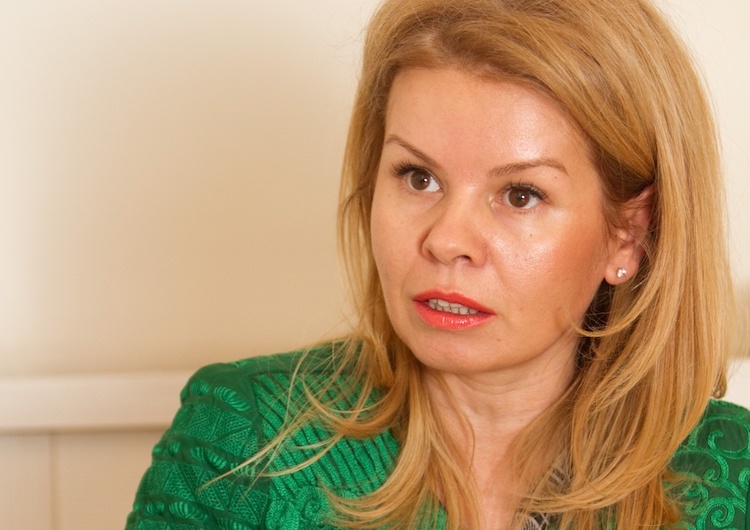Projects in lighting are favored by most companies when implementing energy efficiency solutions

Innovative solutions in public and architectural lighting and perspectives in financing these projects, opportunities in developing energy efficiency programs and novelties in public acquisition procedures, were some of the subjects tackled at the 2016 edition of the Lighting Industry Forum organised on the 7th of April by GOVNET Conferences.
The 2016 Lighting Industry Forum kept the philosophy of the Govnet Conferences events, bringing together for a lively debate representatives of the local and national authorities, of the producers of lighting equipment, and of specialists from the private sector.
The topics presented on implementing public lighting projects and raising awareness of the obligations regarding recycling of lighting equipment were warmly received by the representatives of over twenty City Halls present in the room, eager to find out updates on the latest trends in lighting solutions.
Luxten Lighting Company started this subject by presenting the integrated Smart City concept, with two components: “Light Smart System” that ensures the LED public lighting with a great energy efficiency degree through an intelligent administration, monitoring and control system, but also the “Security Smart System” component – an intelligent system for prevention and elimination of vandalism events and aggressions to the public infrastructure, but that offers also free WiFi internet and access to social media services. Petrut Octavian Popescu, engineer within the technical department of Luxten, praised the implementing of the biggest project with LED technology in South Eastern Europe in the last 5 years, financed by the European Bank for Reconstruction and Development EBRD. “We are a lighting services operator present in 14 cities (…), and we are administrating 250 000 luminous points, out of which 12 000 are LED. (…) Thanks to the urban development of social behavioural evolutions, and to the modifying of citizens’ expectancies from the public utility services, we need to take into consideration an integrated approach of related services that could derive from the public lighting system.”
On the same subject, Prof. Dorin Beu, President of the Romanian Council of Green Buildings (RoGBC), spoke about standards in lighting and the efficient use of lighting solutions. He also announced the introduction in the Occupations’ Classification in Romania (COR) of a new certified and formalised occupation as a solution for a more professional approach to writing projects and tender documentation – the lighting specialist, and raised the question “Why aren’t the standards in Romania respected?” “On one hand, they are just unknown. On the other hand, old standards or outdated projection norms from 2002 are still effective, and there was no way they could have been correlated with standards from 2014 (…), there are no consequences, and another issue, the ethics code of the professional associations is not considered important.”
Bogdan Balaci, SEE General Manager within Philips Lighting Romania, talked about the connectivity of the lighting systems and its impact in the urban landscape when associated with control panels, but also about connected lighting in office buildings – where they managed the performance of controlling an entire building from an administrative standpoint just through lights, each one being wired with its own IP address that is connected to the IT network of the building. “Thanks to the easy access to the internet, to information, to connectivity and interconnectivity, classical barriers – including the ones in the lighting industry, get lifted. The possibility of apparition of new players is much easier and all of us feel this, so that traditional players in this industry have to face this change of paradigm”, explains Balaci.
Mihai-Marius Voronca, Executive director of the Romanian Forum for Energy Efficiency, explained that “the biggest problem of energy efficiency is that it doesn’t act over increasing incomes, but on reducing the expenses. And, the majority of the ones tempted to apply energy saving measures, if they are not forced to do it, they do not because the incomes don’t grow, and the will to increase incomes dominates the will to reduce expenses. And, on the other hand, the price of energy determined by the inflation of the windmill - and in a lesser amount, photovoltaic sectors, make this price accessible enough so there is no express will for investing in this sector.”
Ovidiu Groza, Sales Director within Energobit Schreder Lighting, talked about “the City of Tomorrow” in the company’s vision, the clever city that uses technologies for informing and communicating. He mentioned the concept “The internet of everything” – “it will connect data, goods, and people around some processes we will communicate and define clearly. Basically, in a street lighting machine, there could be a sensor that could identify the available parking spaces on a street, based on a software application, the exact space between the cars, and the restrictions, if these exist. All of these get realised by assembling a sensor in the light fixture.”
Corneliu Rotaru, the Monitoring Manager for Energy Efficiency within the Regulatory Authority for Energy ANRE, expressed his point of view when it comes to the new wave of projects: “It is not important to develop a lighting project, it is important to do it well. So, the idea that we have many lighting projects encourages us, for sure, but there is always a lit lighting bulb that makes us wonder how many of these projects are well done considering the lighting technique has advanced so much that the ones who initiate them – some of them want to finish them as quickly as possible, I don’t know how professional these people are and how willing they really are to invite professionals in supporting these lighting projects.”
None the least, also regarding the lighting equipment cycle, there is the moment when this will be taken out of order. For a fair and according to the law procedure, Recolamp, and Greenlamp held speeches for awareness over the ecological aspects, and sanctions that could be applied if they are not respected.
Roxana Sunica, Marketing Manager at Recolamp an NGO that ensures the transfer of responsibility of the producers regarding the management of waste for lighting equipment, talked exactly about the importance of circular economy, and the way how not reaching these pick-up targets imposed by emergency ordinance 5/2005 could lead to penalties for the waste producers. “Why are the standards not being respected? Maybe because the ones that should respect them aren’t verified enough. (…) These days, there is a debate regarding the modifying of an ordinance that will allow the Administration of the Environment Fund to control, and for the quantities discovered to be undeclared, there will be penalties applied for 20 lei/kg. The Producers should pay attention to the services suppliers they use because a big investigation is currently taking place on the market for packaging waste management – actions with DNA, DIICOT, and historical fees of 12 million EUR applied to the industry.”
In his speech, Marius Costache, Executive Manager at Greenlamp, the only recycler in Romania that treats out-of-use lighting equipment, part of Green Group, the biggest integrated recycling park in South Eastern Europe, has drawn attention over the deficit of waste picking in Romania, and offered a solution they implemented themselves, SIGUREC – stations and intelligent devices placed in supermarkets or in certain public spaces that offer vouchers in exchange for picking up the waste, as well as free mobile picking up services that can be ordered with the help of a mobile app, SIGUREC. “We have to bring waste from the neighbouring countries in order to reach part of the production capacity. Even though there is waste, it is not collected. (…) Although initially postponed, the tax for the garbage pit is now tackled again, and it is possible to have an 80 lei tax by the middle of the year, that is added to the price paid for deposition at the pit. Even so, it reaches approx. 35 EUR versus the northern states where it is around 200 EUR. The recycling percentage is very high in the places where the tax for the pit is high because this way, people prefer recycling instead of throwing waste to the pit.” Talking about infringement, he also specified that Romania is penalised with 200 000 EUR/day in case the targets are not reached. And if now the recycling rates are between 3-7 %, in 2020 there’s a 50% target that has to be reached.
The Enforcements that the lighting domain is subjected to, from the perspective of public utility development projects, have been presented by Petru Bogdan Alexa, Vice-president within the National Authority for Regulation of the Public Utilities Community Services (ANRSC). He expressed his concern that the actual condition of the lighting system in Romania does not apply to European standards and assured that modifying it would increase the energy efficiency with 50%. Moreover, he mentioned that the national and European legislations do not fully cover the requests for attracting investments in the field, and promoting ESCO energy performance contracts. His suggestion was that, at a national level, to be implemented a coherent, modernising program of the public lighting. “We are open to dialogue. We support any regulation in the local public lighting legislation and I appreciate the investors that managed to bring a modern, and performant public lighting system, and the other ones that contributed – I mean by that the local authorities as well, and were open to the operators so that the service has the best performances.”
Bogdan Puscas, President of the National Agency for Public Acquisitions: “We plan to introduce as a new and powerful element, the tertiary level of regulation that will bring along new elements: standardised documentation for distinct domains, application and explanation instructions of certain elements insufficiently reached in the law or its norm of application, and very clear guides with examples of good practices, with successful modalities for assigning, and other, because at the basis of this package lay at least 3 new concepts – the public authority has to spend public money as if they were its own, secondly, the European Commission imposes the same standards for the national and community budget, which to us it means an increase in the quality level of the evaluation and appreciation of the procedures for public acquisition in the budget sector and aligns at the same level of verification, and complexity with the ones on European Funds. And a third concept is the changing of control modalities. If until now it was systematic, now we introduce the control through sampling, that comes along with an increase in quality by reducing the paper quantity verified with up to 20%. We will make verifications also in the period ulterior to assigning the contract.”
Andrei Cristian – Second General Manager, the General Direction for Monitoring and Maintenance of the Road Infrastructure (CNADNR) declared: “The highway and national roads network administrated by CNADNR in Romania has a total length of 17358 km of which 747 km highways, 16611 km national roads (without the sectors administrated by the counties) – of which 6195 km European roads. CNADNR, proving preoccupation towards the public lighting, requested since 2009 the obligation for treating the public lighting in the target books for the upcoming works that would be that will be done by the functional departments in CNADNR. Heavy Implementation of lighting systems was caused by: large periods for obtaining the summons from grid distribution representatives, in some cases connected with the conditions imposed by these, the lack of technical, professional, and attested personnel – for the beneficiary (CNADNR), as well as specialist projectors, outdated technical projection solutions with mercury lamps, high electricity consumption, and big costs, the impossibility of using lighting systems with sodium lamps, and the modifications the lighting system needs that would cost more than a new one, a thing that would generate enormous costs, and that the road administrator could not afford, nor the economic development of the country could not ensure.”
Gheorghe Radulescu, the Director of the Territorial Direction with the Competition Council, brought into sight a novelty element: “Everyone knows us because of our correctional side. But you should know we mostly exercise our attributions for the prevention side. I am announcing the operators that this year we will start an investigation on sectorial lighting , but don’t get too scared because we will not fine you. Fines will be given only if there will be no answers to the information requested.”
From the perspective of the existing financing programs for the ones who are willing to invest in this field, the European Bank for Reconstruction and Development (EBRD) was represented at the event by Miruna Gala, Associate Banker, who presented the opportunities the energy efficiency projects in lighting attract. EBRD’s final purpose is developing a market for energy services in Romania on the CPE/ESCo system. “Throughout the years, EBRD put several facilities destined to energy efficiency in Romania at disposal, with the help of partner banks. These facilities are presently finalised because they were successful investments: Energy Efficiency Finance Facility, RoSEFF, MFFEE. We also offer direct financing to those who are willing to implement such projects, to local authorities, and to private companies, with loans that could reach 15 years pay date, with margins according to the market because EBRD does not want to replace commercial banks, but only to interfere where there is no financing from their part.”
The Partners of the Forum were: Luxten Lighting Company SA, Philips Lighting, Energobit Schreder Lighting, Greenlamp Reciclare, Recolamp, Energobit Schreder Lighting, and Ekonoled.






